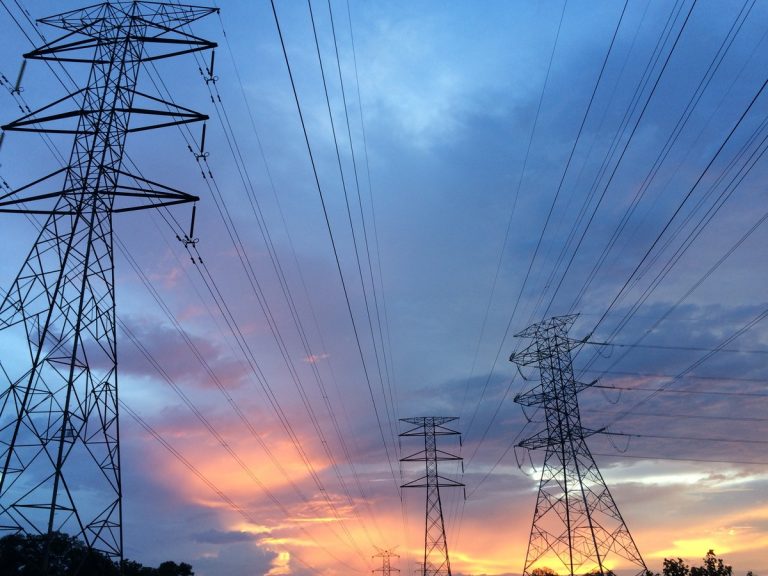From the aerospace hub of Bengaluru to the defense manufacturing centers in Maharashtra and Uttar Pradesh, India’s aerospace and defense industry plays a crucial role in national security and technological advancements. In this blog, we will explore advanced cable management techniques specifically tailored for the aerospace and defense industry in India. With critical applications in aircraft, satellites, and defense systems, reliable connections are of paramount importance. By implementing advanced cable management practices, manufacturers can ensure robust and dependable connections, leading to enhanced performance and safety in this vital industry. Let’s dive into these techniques and discover how they can revolutionize the aerospace and defense landscape in India.
Advanced Cable Management Techniques for the Aerospace and Defense Industry:
- Proper Cable Routing and Protection: Implement proper cable routing and protection strategies to safeguard cables from extreme conditions, vibrations, and electromagnetic interference. Utilize cable trays, conduit systems, and shielding techniques to ensure reliable and secure connections. Proper cable management minimizes the risk of signal loss, electromagnetic interference, and damage, thereby ensuring the integrity of critical systems.
- High-Temperature Resistance: Select cables with high-temperature resistance to withstand the extreme operating conditions in aerospace and defense applications. Cables designed for high-temperature environments can maintain their performance and integrity even in the presence of intense heat, ensuring reliable connections in engine compartments, avionics systems, and defense equipment.
- Robust Cable Testing and Certification: Implement rigorous cable testing and certification processes to ensure compliance with industry standards and specifications. Conduct tests such as signal integrity testing, mechanical endurance testing, and environmental testing to validate the performance and reliability of cables in aerospace and defense applications. Certified cables provide assurance of quality and reliability, enhancing safety and performance.
- Cable Identification and Documentation: Establish a comprehensive cable identification and documentation system to facilitate maintenance, troubleshooting, and repairs. Utilize clear labeling and documentation to identify cables, their functions, and connection points. This enables faster and more accurate identification of cables during inspections or repairs, minimizing downtime and ensuring efficient operations.
- EMI/RFI Shielding: Implement electromagnetic interference (EMI) and radio frequency interference (RFI) shielding techniques to protect sensitive equipment and systems from external electromagnetic disturbances. Utilize shielded cables, grounding techniques, and appropriate connectors to minimize signal interference and ensure reliable data transmission in aerospace and defense applications.
Benefits of Advanced Cable Management in the Aerospace and Defense Industry:
- Enhanced Reliability: Implementing advanced cable management techniques ensures reliable connections, reducing the risk of system failures and enhancing overall performance and safety in aerospace and defense applications.
- Compliance with Industry Standards: Following industry standards and certifications guarantees that cables meet the stringent requirements of the aerospace and defense industry, ensuring compatibility and reliability.
- Improved Maintenance and Troubleshooting: Effective cable identification and documentation streamline maintenance and troubleshooting processes, enabling faster and more efficient repairs, minimizing downtime, and optimizing operational efficiency.
- Long-Term Cost Savings: Advanced cable management techniques reduce the risk of cable failures, minimizing the need for costly repairs and replacements in the long run.
Conclusion: In India’s aerospace and defense industry, advanced cable management techniques are instrumental in ensuring reliable connections and optimal performance. By implementing proper cable routing and protection, selecting high-temperature resistant cables, conducting robust testing and certification, establishing comprehensive documentation systems, and utilizing EMI/RFI shielding techniques, manufacturers can ensure the integrity and reliability of critical systems. Let’s embrace these advanced cable management practices and propel the aerospace and defense industry in India towards new heights of reliability, performance, and national security.


